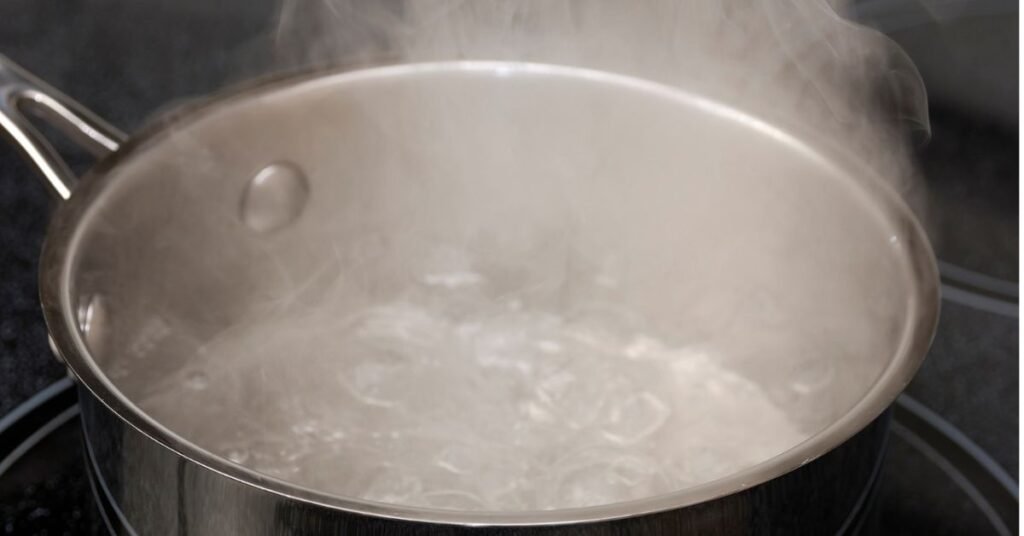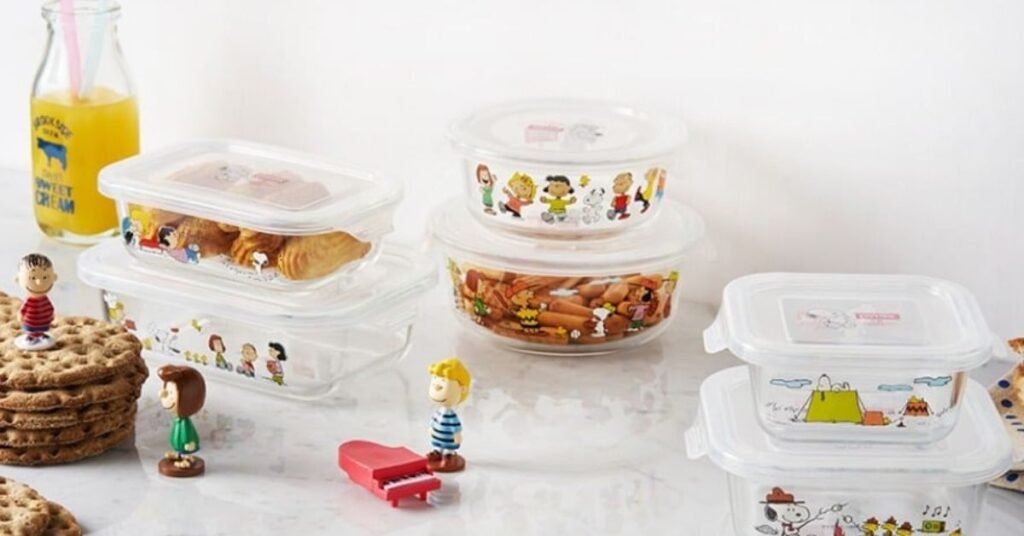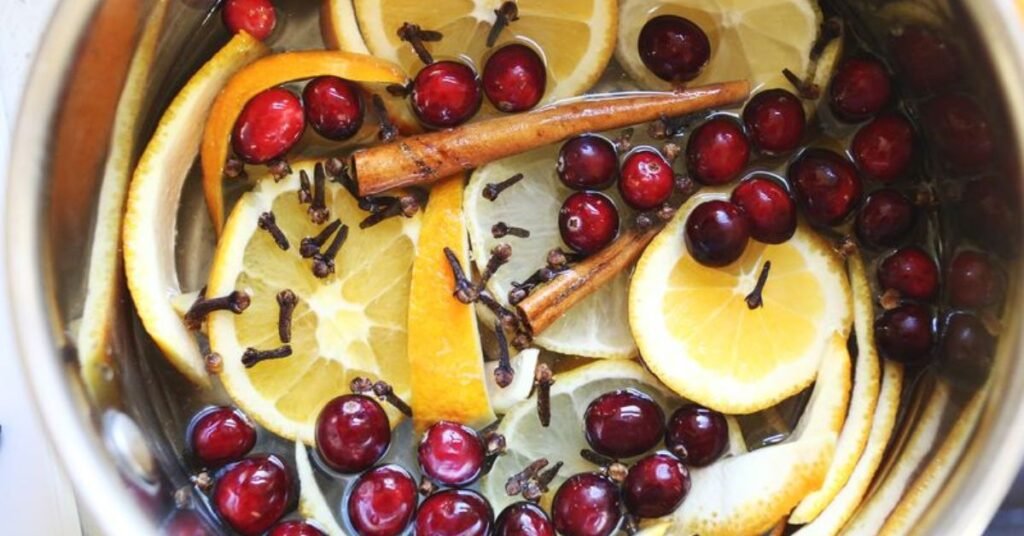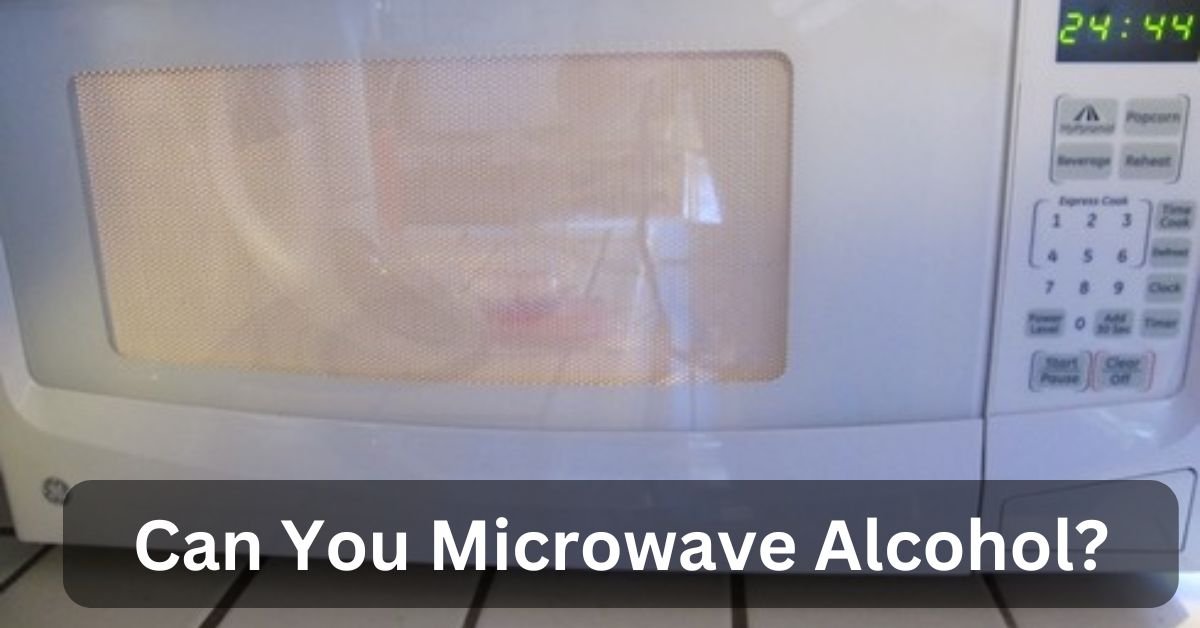Whether you’re a culinary enthusiast experimenting with new recipes or curious about the quirks of kitchen technology, the query of whether or no longer you may microwave alcohol could likely have crossed your mind. It’s a topic that sparks interest and turns on a sequence of questions: Is it stable? Will it alter the flavor?
No, it’s now not stable to microwave alcohol. Alcohol is flammable, and while it is heated in a microwave, it can vaporize short and doubtlessly seize the heart or cause an explosion.
In this article, we can embark on a pleasing exploration into the arena of microwaving alcohol to discover the solutions to these burning questions!
Understanding the Basics:
Before we understand the intricacies of microwaving alcohol, a few essential rules must be understood. Liquor is famously unpredictable and explosive in its ongoing structure. It is a common ingredient in baking and cooking due to its rapid evaporation when heated.
Be that as it may, microwaves are unique trademarks of customary intensity sources, which consolidate burners or broilers. Microwaves generate electromagnetic waves that excite water molecules in meals, inflicting friction and producing warmness. This manner is green for heating water-based total materials but can also pose challenges while coping with alcohol.
The Science Behind Microwaving Alcohol:
Microwaving alcohol poses huge safety dangers due to its flammability and potential for choppy heating that could lead to vaporization or maybe combustion. When alcohol is heated in a microwave, its vapor strain will increase hastily, probably causing it to ignite or explode.
Additionally, microwaves warm unevenly, growing heat spots that may exacerbate these risks. Therefore, it is critical to keep away from microwaving alcohol to prevent accidents and ensure private protection.
Also Read: Will A New Refrigerator Trip GFCI?-Understanding the Basics
The Risks Involved:
When considering alternative methods for heating alcohol, it is vital to acknowledge and recognize the risks. While the methods offer more excellent manipulation and safety in evaluating microwaving, there are still capability risks to be aware of. Here are some dangers to consider:
1. Flammability:
Alcohol is flammable, regardless of the heating method used. When exposed to warmth or flames, alcohol vapors can ignite, primarily to fires or explosions. It’s critical to exercise warning and study safety recommendations to limit the threat of injuries.
2. Vaporization:

Heating alcohol causes it to vaporize, developing the attention of alcohol vapors within the air. In poorly ventilated regions, the vapors can collect and harm the fireplace. Adequate air glide is essential to deplete alcohol vapors and decrease the hazard of ignition.
3. Hot Spots:
Some heating techniques, including stovetop cooking or flambeing, can create hot spots within the alcohol aggregate. These localized areas of excessive warm temperature can motivate rapid vaporization and combustion if not monitored cautiously. Stirring regularly and maintaining a moderately warm temperature permits you to save heat spots and guarantee even heating.
4. Overheating:
Excessive heating can cause alcohol to boil or evaporate swiftly, increasing ignition risk. It’s critical to display the temperature closely and avoid overheating the alcohol past its boiling point. A thermometer or visible cues can assist in gauging the temperature and prevent overheating.
5. Handling:
When working with heated alcohol, there is a risk of burns or scalding if not appropriately treated. Use oven mitts or pot holders to cope with hot boxes, and exercise warning while shifting or pouring heated beverages to save you from spills or splashes.
Also Read: No Power In Camper Except Microwave-Troubleshooting Guide
Best Practices for Microwaving Alcohol:
If you are determined to microwave alcohol, it’s miles important to examine some high-quality practices to decrease dangers and make sure a secure enjoy:
1. Dilution is Key:
To lessen the alcohol’s performance and decrease the chance of ignition, preserve it by diluting it with water or any other liquid before microwaving. That may help distribute the heat extra frivolously and save you hot spots.
2. Use Heat-Resistant Containers:

Opt for microwave-secure glass or ceramic packing containers that may withstand immoderate temperatures without cracking or shattering. Avoid using steel bins or those with steel accents, as they can cause sparks and harm the microwave.
3. Keep a Close Eye:
Never leave alcohol unattended in the microwave. Stay vigilant and reveal the heating technique intently to save you from overheating or unintentional ignition. If you hear any unusual odors or signs and symptoms of smoke, save the microwave properly and assess the state of affairs.
4. Allow for Ventilation:
- After microwaving alcohol.
- Supply it time to cool down earlier than managing or ingesting it.
- Open the microwave door and permit any alcohol vapors to dissipate accurately.
- Avoid inhaling the vapors immediately, as they will be risky in excessive concentrations.
5. Mind the Environment:
Choose a nicely ventilated region for microwaving alcohol to decrease the risk of fume buildup. Keep flammable materials besides paper towels or wooden utensils a long way from the microwave to prevent accidents.
Alternative Methods for Cooking with Alcohol:
If microwaving alcohol seems too unstable or impractical, be troubled now, not! There are masses of opportunity strategies for incorporating alcohol into your culinary creations:
1. Stovetop Simmering:

Heat alcohol lightly at the stovetop over low to medium warmth to permit evaporation without the threat of combustion. This technique is ideal for making sauces, glazes, and infused syrups.
2. Flambéing:
For a dramatic aptitude, consider flambéing alcohol by igniting it in short with an in form or lighter. This approach is usually utilized in dishes like Steak Diane or Bananas Foster and provides a wealthy, caramelized taste to the finished dish.
3. Baking and Roasting:
Incorporate alcohol into baked items and roasted dishes, in which the prolonged cooking time lets in for the alcohol to evaporate. Just take note of the cooking temperature and adjust it to prevent excessive evaporation or burning.
Also Read: My Refrigerator Is Making A Clicking Noise-Causes and Solutions
FAQ’s:
1. Why is microwaving alcohol dangerous?
Alcohol has a low boiling element and may vaporize hastily, even as heated in a microwave. That will increase the eye of flammable vapors in the air, raising the chance of combustion or explosions if an ignition supply is a gift.
2. What takes place in case you microwave alcohol?
Microwaving alcohol can bring choppy heating, warm spots, and rapid vaporization. In intense instances, this can cause ignition, causing fires or explosions. Additionally, microwaving alcohol can alter its flavor and aroma, affecting the taste of dishes.
3. Can you warm alcohol using different techniques?
Yes, there are safer options to microwaving alcohol, along with stove top heating, double boilers, oven baking, and flambeing. These techniques provide higher temperature control and decrease the threat of injuries.
4. Are there any safe uses for microwaving alcohol?
Generally, it’s best to keep away from microwaving alcohol altogether. However, if necessary, use intense warning, heat small portions for quick intervals, and closely screen the device to lower risks.
Conclusion:
In stop, while it’s technically viable to microwave alcohol, it’s crucial to technique the approach with warning and mindfulness of the associated risks. Dilution, proper field choice, and vigilant monitoring are essential to ensuring a safe and successful final result.
Alternatively, discover other cooking methods that permit the incorporation of alcohol without microwaving. With creativity and careful planning, you can elevate your culinary creations and provoke your site visitors without compromising safety. Happy cooking!

